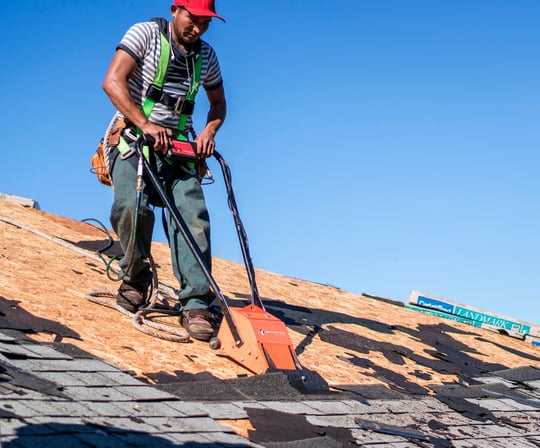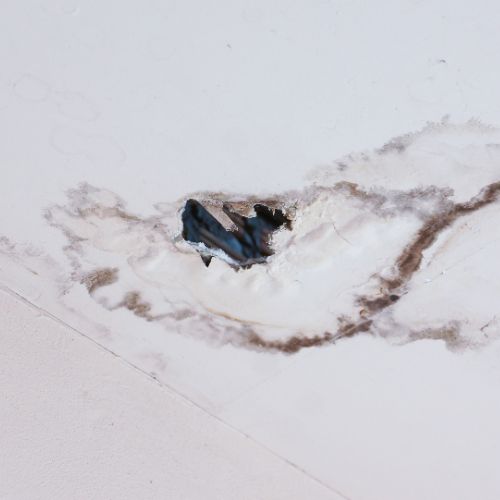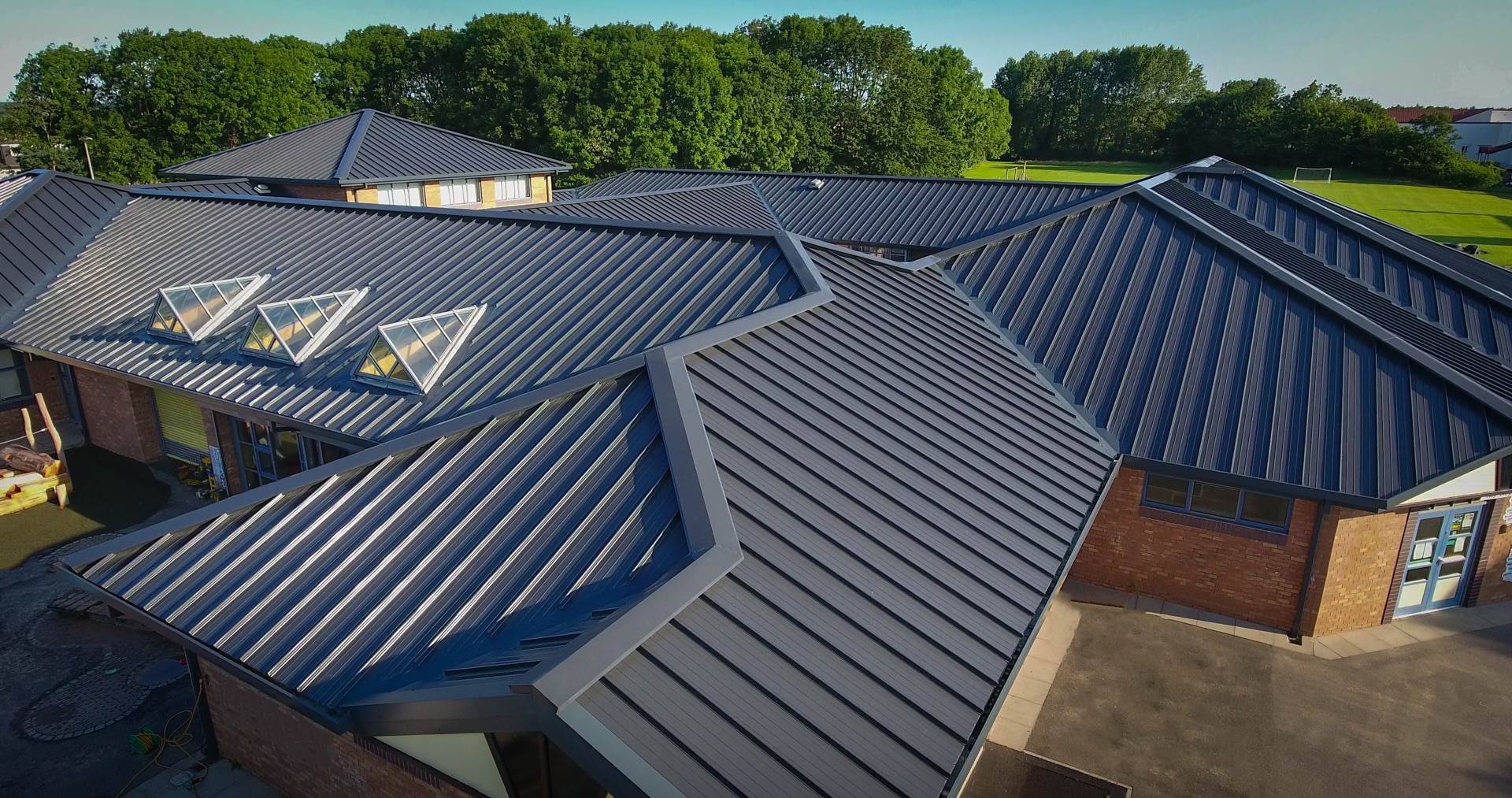Keep Dry Roofing LLC: Securing Your Home with Superior Roofing Services
Ultimate List for Evaluating the Condition of Your Roof and Identifying Potential Issues
By complying with an extensive checklist customized to examine the various components of your roof, you can get important understandings into its current state and preempt any kind of approaching troubles. This positive approach not just guarantees the long life of your roofing but additionally contributes to keeping the structural honesty of your home.

Roof Covering Inspection Equipment
These tools help in detecting potential concerns, analyzing the general condition of the roof, and determining the essential maintenance or repairs required. One of the main tools made use of in roofing system inspections is a wetness meter, which helps recognize areas of trapped wetness within the roof layers that might indicate leaks or water damage.

Additionally, a digital electronic camera or smart device is necessary for recording the inspection process, catching photos of any kind of damage or areas of issue for additional analysis. Other devices such as binoculars, roofing system probes, and security devices like ladders and harnesses are crucial for a risk-free and detailed roof covering examination. By utilizing these devices effectively, inspectors can conduct comprehensive assessments, identify issues promptly, and recommend appropriate solutions to maintain the roof covering's integrity.
Outside Roof Covering Assessment
To thoroughly examine the condition of a roof covering system, an exterior roofing assessment is essential to check the surface for indications of wear, damages, or prospective concerns. During an outside roofing system analysis, it is essential to begin by analyzing the roof shingles or roofing material.

Analyze the general cleanliness of the roof covering, as particles build-up can keep wetness and increase roofing wear and tear. By performing a thorough outside roof assessment, house owners can recognize and attend to prospective problems prior to they intensify into pricey repair work.
Inside Ceiling Evaluation
Upon getting in the indoor area, a thorough assessment of the ceiling is vital to determine any type of signs of water damage, leakages, or architectural problems. Start by visually evaluating the ceiling for any kind of staining, sagging, or peeling paint, as these can show water seepage from the roofing system. Any stuffy smells or moisture in the air should also elevate worries regarding potential roof issues.
Attic Assessment
A comprehensive assessment of the attic is essential in examining the overall condition and performance of the roof system. The attic acts as a critical element of the roof covering system, offering understandings right into prospective problems that might not be noticeable from the outside or interior of your home. Throughout the attic room examination, it is essential to look for indicators of water damage, such as water spots, mold and mildew growth, or decaying timber, which can indicate a leakage in the roofing system. Additionally, check the insulation for any kind of indications of deterioration or compression, as appropriate insulation is essential for maintaining power effectiveness and preventing ice dams. Try to find adequate ventilation to make certain that excess heat and wetness are being effectively ventilated out of the attic to avoid moisture-related troubles. Lastly, analyze the attic framework for visit this web-site any type of signs of drooping or damages, as these concerns can endanger the stability of the whole roof. Routinely assessing the attic can assist identify potential roof covering problems at an early stage, permitting for prompt fixings and maintenance to prolong the lifespan of the roof covering.
Dealing With Typical Roofing Issues
Identifying and quickly dealing with usual roofing system issues is critical in preserving the architectural honesty and durability of a roof. Among one of the most frequent concerns property owners face is a leaking roof covering, commonly triggered by damaged or missing roof shingles, improper setup, or worn-out flashing. It's important to address leaks quickly to avoid water damage to the inside of the home and potential mold and mildew growth. One more typical problem is roofing air flow issues, which can bring about excess heat and wetness accumulation in the attic room, causing early wear and tear of the roof covering materials. Poor air flow can also lead to greater power costs because of inefficient temperature level regulation. Furthermore, the accumulation of particles such as leaves, branches, or snow on the roofing can obstruct water drainage systems and cause water merging, which may ultimately trigger roofing leakages or architectural damages. Normal assessments and maintenance can help recognize and deal with these common roofing troubles prior to they escalate into even more substantial issues.
Conclusion
To conclude, a complete assessment of your roof is necessary to recognize prospective problems and ensure the total condition of your roofing system. By using the proper tools and performing interior, exterior, and attic assessments, typical roof problems can be addressed without delay. Regular maintenance and timely repairs can help protect against considerable damage and prolong the lifespan of your roof covering.
One of the primary devices used in this contact form roofing examinations is a my website wetness meter, which aids recognize areas of entraped moisture within the roof covering layers that could indicate leakages or water damage. Other devices such as field glasses, roof covering probes, and safety and security tools like ladders and harnesses are essential for a detailed and risk-free roofing system inspection.To extensively examine the condition of a roof covering system, an exterior roof analysis is important to check the surface for indications of wear, damages, or possible issues. Assess the general tidiness of the roofing, as debris build-up can preserve wetness and accelerate roof wear and tear. Keep Dry Roofing LLC. In addition, the accumulation of debris such as fallen leaves, branches, or snow on the roof can block water drainage systems and lead to water pooling, which might at some point create roofing system leakages or structural damage